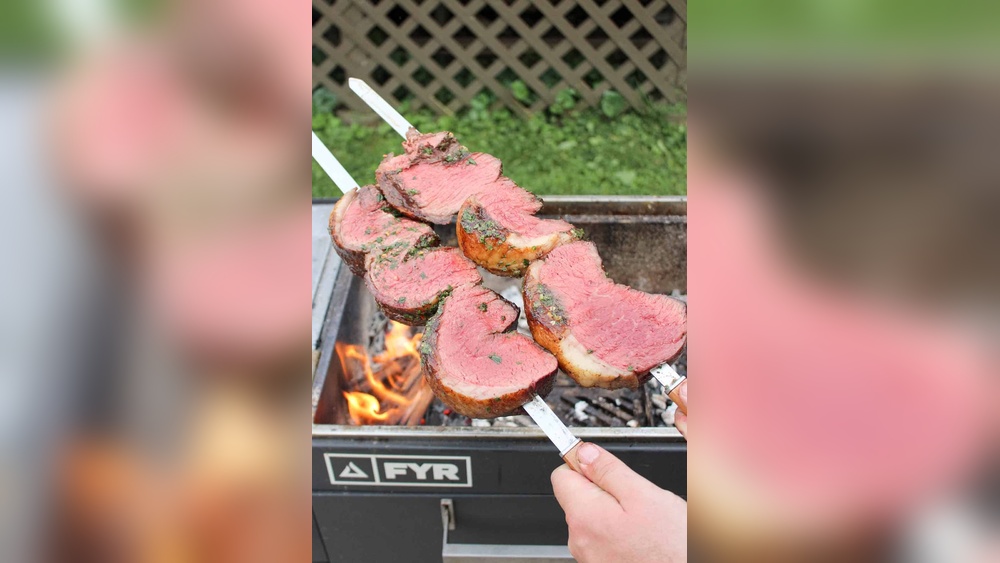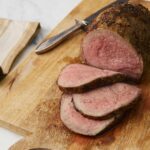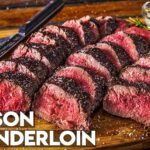If you’ve never tried cooking picanha before, you’re in for a treat. This Brazilian steak cut is packed with rich flavor and a juicy texture that can turn any meal into something special.
But here’s the secret: cooking picanha the right way isn’t as simple as grilling a regular steak. You need to know how to handle its thick fat cap, the best seasoning tricks, and the perfect cooking method to keep it tender and mouthwatering.
Ready to unlock the full potential of picanha and impress your friends or family at your next cookout? Keep reading, because we’ll guide you step-by-step on how to cook picanha like a pro—right in your own kitchen or backyard grill.
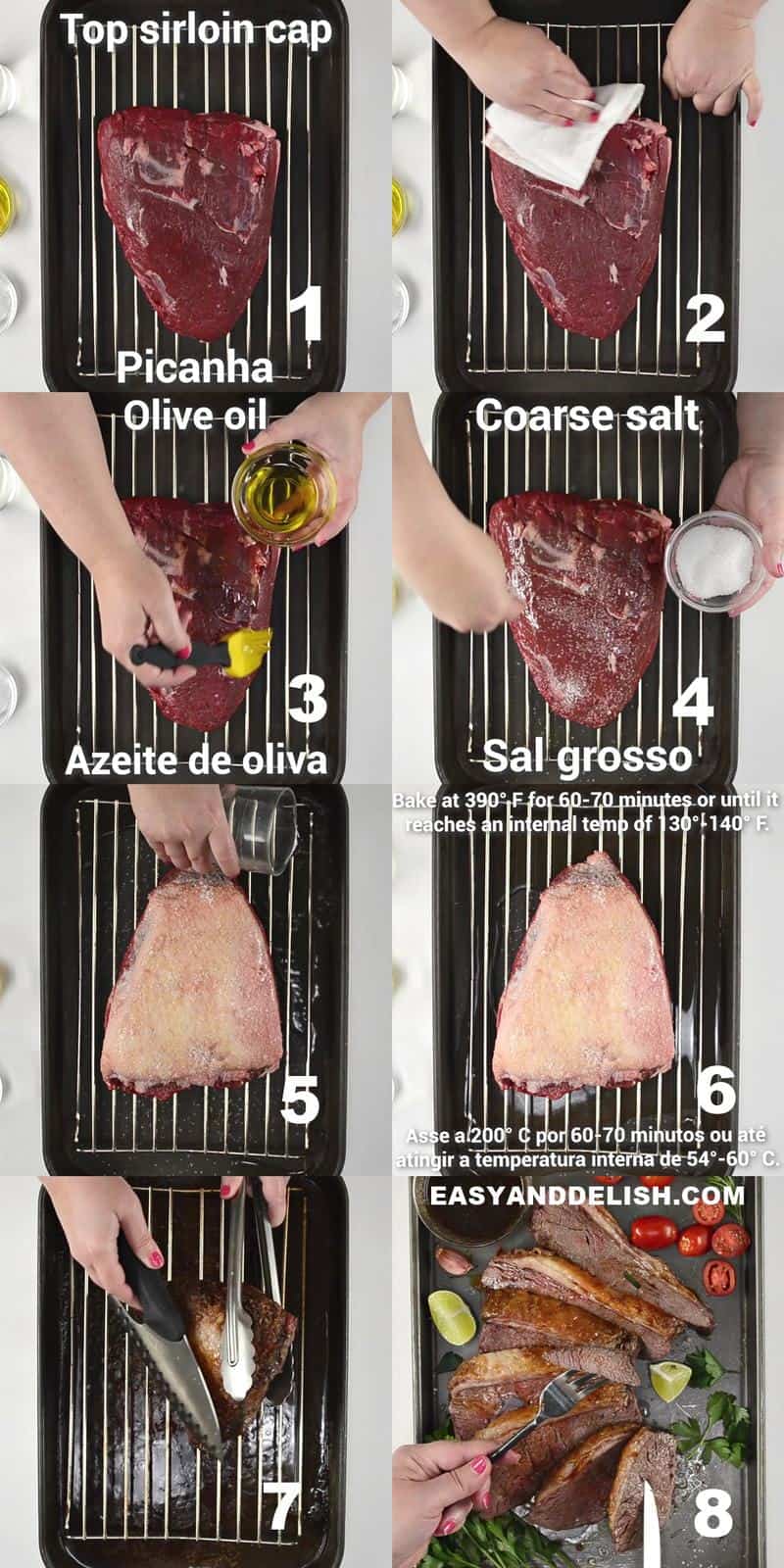
Picanha Cut And Preparation
Choose a thick picanha cut with the fat cap intact. This fat layer adds flavor and juiciness during cooking. Avoid cuts with too little fat; they lose taste. The fat cap should be about 1/4 inch thick.
Score the fat cap lightly with a sharp knife. Make shallow cuts in a crosshatch pattern. This helps the fat render evenly and crisps up nicely. Do not cut too deep into the meat.
Slice the cooked picanha against the grain for tenderness. Before cooking, you can cut the meat into thick steaks or cook it whole. When serving, cut thin slices across the grain for easy chewing.
Seasoning Tips
Simple salt seasoning is the classic way to flavor picanha. Use coarse sea salt to cover the meat evenly. Salt helps to bring out the natural taste of the beef without hiding it. Let the salted meat rest for at least 30 minutes before cooking. This step allows the salt to penetrate the meat for better flavor.
Using herbs like rosemary or thyme adds a fresh, earthy touch. Black pepper can add mild heat without overpowering the beef. Garlic powder or minced garlic gives a nice aroma and depth. Keep the herbs and spices light so the meat’s flavor stays the star.
Marinating picanha is optional but can add extra tenderness and taste. A simple marinade with olive oil, garlic, and lemon juice works well. Let the meat soak for 1 to 2 hours in the fridge. Avoid strong acidic marinades that can change the meat’s texture too much.
Cooking Methods
Grilling over an open flame gives picanha a smoky, charred flavor. Use medium-high heat and cook the fat side first. Turn the meat often to avoid burning. This method locks in juices and creates a crispy crust.
Pan-searing keeps the meat juicy and tender. Heat a skillet until very hot, then sear each side for a few minutes. This method melts the fat cap, adding rich taste. Finish in the oven for even cooking.
The reverse searing approach starts with slow cooking at low heat. Then, sear quickly on high heat for a crust. This technique ensures a tender inside and crispy outside. Rest the meat before slicing to keep juices.
Using a Weber Kettle Grill allows control over heat zones. Place coals on one side for indirect cooking. Start picanha on the cool side, then move to direct heat for searing. This balances smoky flavor and tenderness perfectly.

Cooking Process Essentials
Rendering the fat properly is key to cooking picanha well. The fat cap should be scored lightly to help it melt. Cook the fat side first on medium heat until it becomes golden and crispy. This adds rich flavor and keeps the meat juicy.
Managing heat levels ensures even cooking. Start with high heat to sear the meat, locking in juices. Then lower the heat to cook it through slowly. Too high heat can burn the fat and dry the meat.
Using a meat thermometer helps check doneness precisely. For medium-rare, aim for 130-135°F (54-57°C). Insert the thermometer into the thickest part, avoiding bone or fat. This prevents overcooking and keeps the steak tender.
Resting the meat after cooking is very important. Let picanha rest for 5-10 minutes on a plate, covered loosely with foil. This allows juices to redistribute, making the meat moist and flavorful when sliced.
Common Mistakes To Avoid
Overcooking the meat makes it tough and dry. Cook picanha to medium rare for best taste. Use a meat thermometer to check temperature. Avoid cooking too long.
Removing the fat cap is a big mistake. The fat cap adds flavor and keeps the meat juicy. Keep it on while cooking to get the best taste and texture.
Cutting against the grain too early can make the meat chewy and hard to eat. Slice the meat with the grain first for easier carving. Then cut against the grain when serving.
Skipping the resting period causes juices to run out. Let the meat rest for 5–10 minutes after cooking. This helps the juices spread inside, making the meat more tender and tasty.
Serving Suggestions
Slicing picanha properly keeps the meat tender and juicy. Cut the steak against the grain in thin slices. This helps to break the muscle fibers, making each bite easier to chew. Avoid cutting with the grain as it can make the meat tough.
Traditional sides that pair well with picanha include rice, black beans, and farofa (toasted cassava flour). Grilled vegetables and a fresh salad also complement its rich flavor. These sides balance the meal and add texture.
Popular sauces and condiments for picanha are chimichurri, garlic butter, and vinaigrette. Chimichurri adds a fresh, herby taste. Garlic butter melts on top, enhancing the meat’s richness. Vinaigrette gives a slight tang that cuts through the fat nicely.
Expert Tips And Tricks
Sharp knives and a sturdy grill or cast iron pan are essential tools. Use a meat thermometer to track the internal temperature precisely. A spatula or tongs help flip the picanha without piercing the meat, keeping juices inside.
Maintain a medium-high heat for grilling. Cook the picanha fat side down first, allowing the fat to render slowly. The ideal internal temperature is 130°F (54°C) for medium-rare. Let the meat rest for 5-10 minutes after cooking to keep it juicy.
Serve picanha sliced against the grain to ensure tenderness. Arrange slices on a wooden board or a simple white plate. Garnish with fresh herbs like rosemary or parsley for color and aroma.
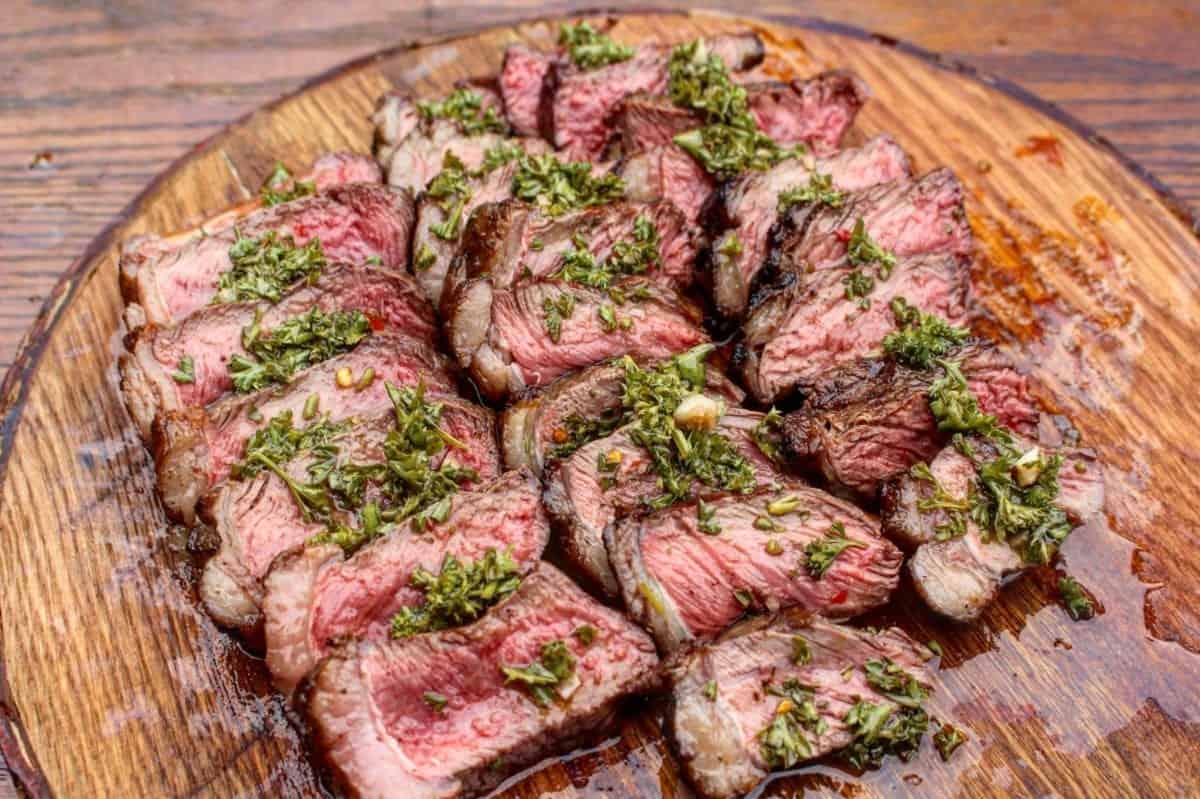
Frequently Asked Questions
What Is The Best Way To Cook A Picanha?
Sear the fat cap side on high heat to render fat. Grill or pan-sear until medium-rare. Rest meat before slicing against the grain for tenderness.
Should I Cook Picanha Whole Or In Steak?
Cook picanha whole for juicier, more flavorful results and to preserve the fat cap. Slice into steaks after resting.
Is It Better To Bake Or Pan-fry Picanha?
Pan-frying picanha sears the fat cap, keeping the meat juicy and flavorful. Baking cooks evenly but may lose crispiness. Pan-frying suits quick, rich results; baking works for slower, tender cooking. Choose based on texture preference and time.
What Are Common Mistakes When Cooking Picanha?
Common mistakes include overcooking, removing the fat cap, cutting with the grain, skipping fat scoring, and not resting the meat after cooking.
Conclusion
Cooking picanha is simple with the right steps. Keep the fat cap on for juicy flavor. Cook it carefully to avoid toughness. Slice the meat properly for tenderness. Let the meat rest before serving. Enjoy a delicious, tender picanha every time.
This method brings out the best taste. Try it and taste the difference yourself.

Yes, working as , Food Blogger and Product Reviewer for last 6 years. Here you will get amazing deals for Smart kitchen products. I am your best source for the latest update in cooking trends. I provide insightful articles, reviews, and analysis on cutting-edge kitchen gadget. My mission is to empower readers with the knowledge they need to stay ahead in a rapidly evolving coking world. Join me as we explore the future of food technology and how it shapes our lives today and tomorrow.

